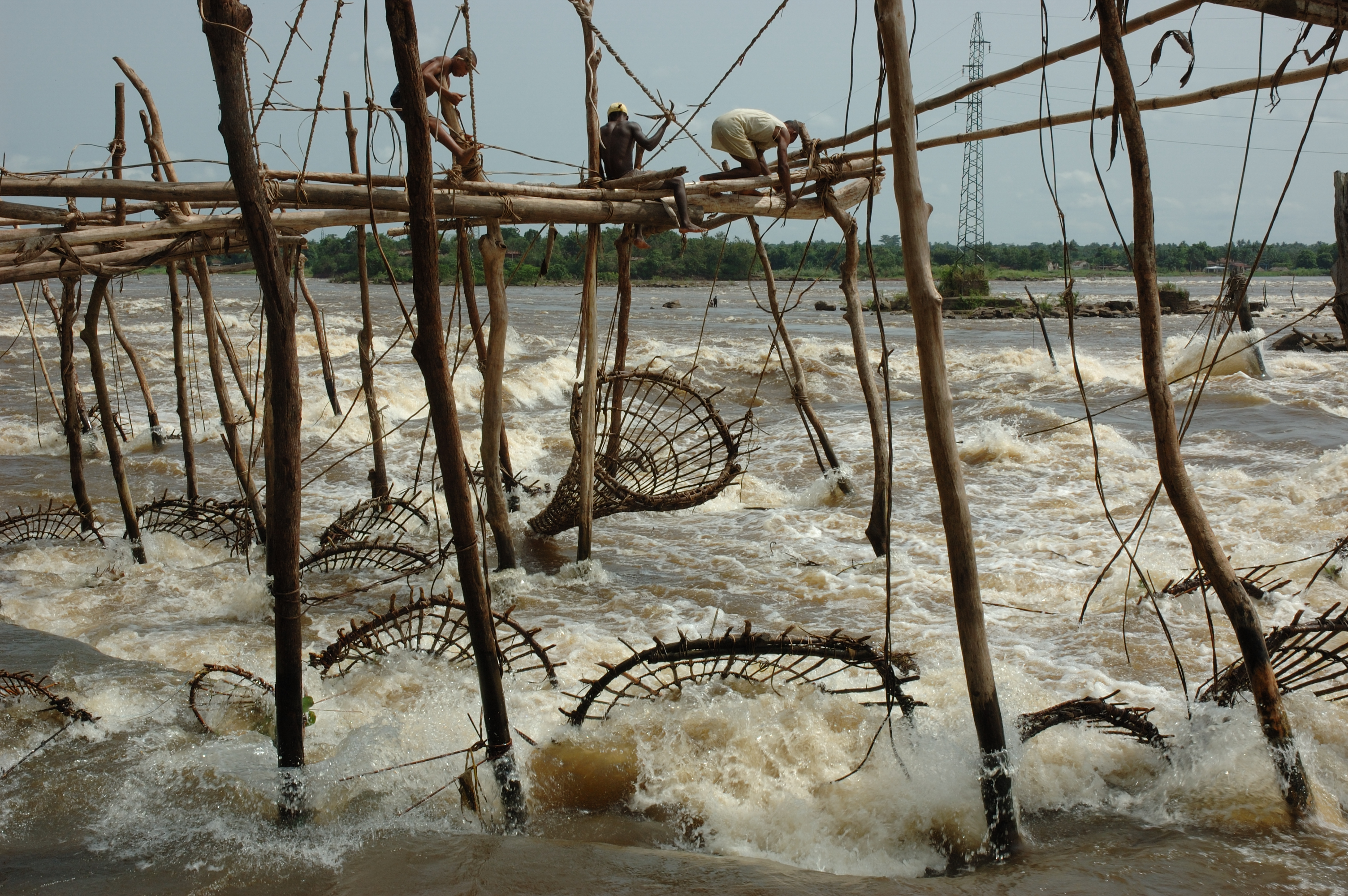Putcher on:
[Wikipedia]
[Google]
[Amazon]
 Putcher fishing is a type of fishing (usually of
Putcher fishing is a type of fishing (usually of 
blackrocklavenets
{{authority control Fishing techniques and methods Fishing equipment Basket weaving History of Monmouthshire River Severn Fishing in England Fishing in Wales
 Putcher fishing is a type of fishing (usually of
Putcher fishing is a type of fishing (usually of salmon
Salmon () is the common name for several commercially important species of euryhaline ray-finned fish from the family Salmonidae, which are native to tributaries of the North Atlantic (genus ''Salmo'') and North Pacific (genus '' Oncorhy ...
) which employs multiple putcher baskets, set in a fixed wooden frame, against the tide
Tides are the rise and fall of sea levels caused by the combined effects of the gravitational forces exerted by the Moon (and to a much lesser extent, the Sun) and are also caused by the Earth and Moon orbiting one another.
Tide tables ...
in a river estuary
An estuary is a partially enclosed coastal body of brackish water with one or more rivers or streams flowing into it, and with a free connection to the open sea. Estuaries form a transition zone between river environments and maritime environm ...
, notably on the River Severn
, name_etymology =
, image = SevernFromCastleCB.JPG
, image_size = 288
, image_caption = The river seen from Shrewsbury Castle
, map = RiverSevernMap.jpg
, map_size = 288
, map_c ...
, in England
England is a country that is part of the United Kingdom. It shares land borders with Wales to its west and Scotland to its north. The Irish Sea lies northwest and the Celtic Sea to the southwest. It is separated from continental Europe b ...
and South East Wales
Wales ( cy, Cymru ) is a country that is part of the United Kingdom. It is bordered by England to the east, the Irish Sea to the north and west, the Celtic Sea to the south west and the Bristol Channel to the south. It had a population in ...
. Putchers are placed in rows, standing four or five high, in a wooden "rank" set out against the incoming and/or outgoing tides.
Traditionally the putcher was made of hazel rods with withy (willow
Willows, also called sallows and osiers, from the genus ''Salix'', comprise around 400 speciesMabberley, D.J. 1997. The Plant Book, Cambridge University Press #2: Cambridge. of typically deciduous trees and shrubs, found primarily on moist so ...
) plait, both materials being grown locally on the Caldicot and Wentloog Levels
The Caldicot and Wentloog Levels are two areas of low-lying estuarine alluvial wetland and intertidal mudflats adjoining the north bank of the Severn Estuary, either side of the River Usk estuary near Newport in south east Wales. They are als ...
. Modern baskets made of steel or aluminium
Aluminium (aluminum in American and Canadian English) is a chemical element with the symbol Al and atomic number 13. Aluminium has a density lower than those of other common metals, at approximately one third that of steel. I ...
wire were introduced in the 1940s and 1950s.Jenkins, J. Geraint, ''Commercial Salmon Fishing in Welsh Rivers. Folk Life - Journal of the Society of Folk Life Studies'', Vol 9, 1971

See also
* Eel basket *Fish trap
A fish trap is a trap used for fishing. Fish traps include fishing weirs, lobster traps, and some fishing nets such as fyke nets.
Traps are culturally almost universal and seem to have been independently invented many times. There are two ma ...
* Basket weaving
Basket weaving (also basketry or basket making) is the process of weaving or sewing pliable materials into three-dimensional artifacts, such as baskets, mats, mesh bags or even furniture. Craftspeople and artists specialized in making baskets ...
* Snare trap
Animal trapping, or simply trapping or gin, is the use of a device to remotely catch an animal. Animals may be trapped for a variety of purposes, including food, the fur trade, hunting, pest control, and wildlife management.
History
Neolithic ...
References
External links
blackrocklavenets
{{authority control Fishing techniques and methods Fishing equipment Basket weaving History of Monmouthshire River Severn Fishing in England Fishing in Wales